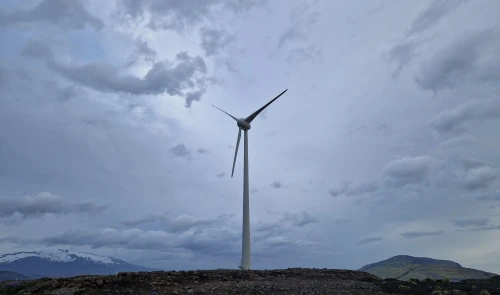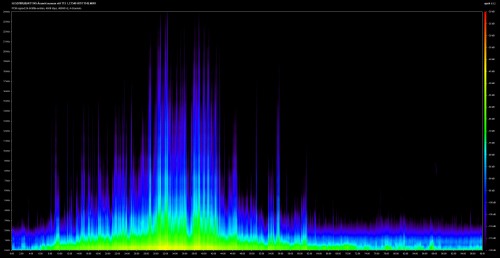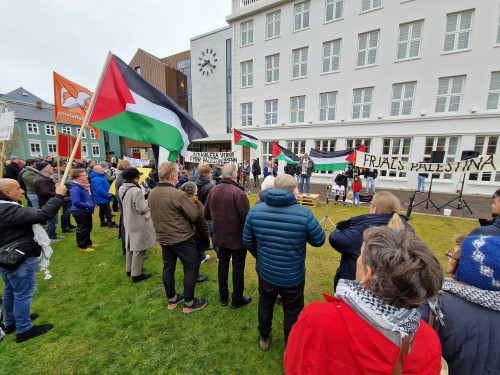Although Iceland produces the most electricity per capita of any nation, wind turbines are not common in Iceland. They have either burned or overturned or something else. They are also not eye-catching, so fortunately there are no more than two that come to mind.
But that could change. Many energy oligarchs, domestic and foreign, have worked hard to be allowed to do what they want when it comes to building power plants of all kinds in Icelandic nature. They are mainly interested in it because the price of energy to the Icelandic public is not yet as extreme as in most other parts of the western world. So these Oligarchs see great profit prospects by imposing dividend taxes on the public in the future.
But stop now talking about this miserable situation and future in Iceland. I’m going crazy just thinking about it.
Let’s talk about the recording below.
Although this is a sound that is heard in many places, especially in the Western countries, these sounds from wind turbines are not yet common in Iceland. I therefore allow myself to share this recording.
It wasn’t until I started listening to it that I noticed the wide variation in the sounds, or noise coming from such structures. This is one of Iceland’s two 900KW wind turbines, of the type Enercon E-44. This wind generator reaches a height of 77 meters, with a rotor blades width of 44 meters and a generator height of 55 meters.
The wind was quite stable and directional, but you can clearly hear the hydraulic pumps that are either turning the rotor blades into the wind direction, or changing the rotation of the blades to get maximum energy each time. You can also hear when the wind sounds change in the blades after such control. Then you can hear quite a lot of „electrical noise“ which is either vibration from the generator or from the energy regulators up in the generator carrier. You can also hear that one blade make more noise than other two. It is either because that blade has a scratched surface, or that blade is dirtier than the other two.
(mp3 256Kbps / 44Mb)
Recorder: Sound Devices MixPre6
Mics: Sennheiser MKH8020/8040 (Parallel baffled AB35)
Pics: Samsung S22
Location: 64.12940, -19.72784
Weather: Cloudy, 14°C, 7-12m/sec









